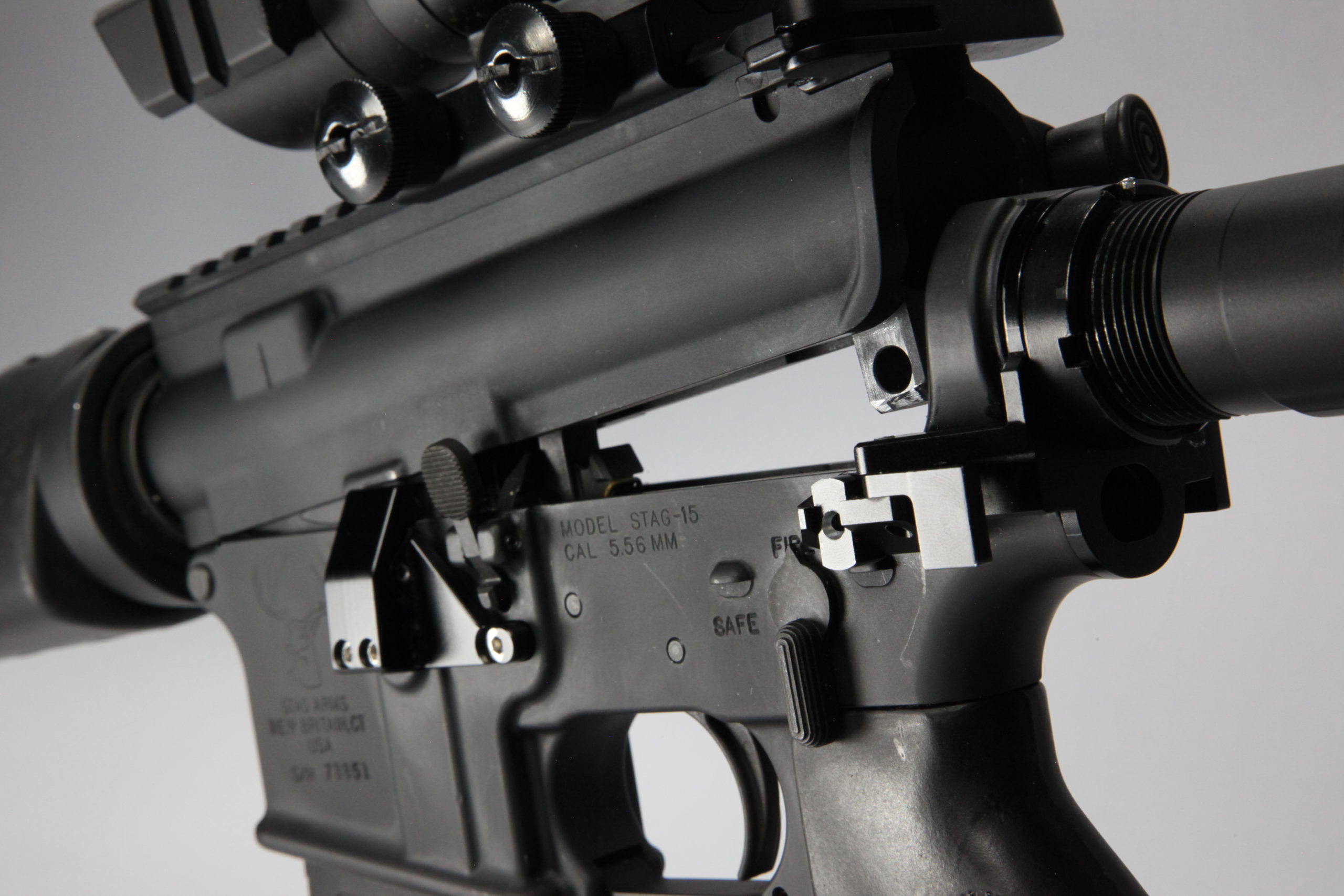Obtaining a firearm in most states is a pretty straightforward process, but California is a different animal.
Each year, the state legislature enacts more and more restrictive laws for residents to obtain a lawful firearm. Here, we will walk you through five steps of obtaining a firearms permit.
1. Personal Firearms Eligibility Check
If you’re the cautious type and don’t want any surprises, first obtain a personal firearms eligibility check through the California Office of the Attorney General’s website (oag.ca.gov/firearms/forms). Of course, there is a $20 cost, but this may come to save some heartache, time and frustration if you just applied and were denied for whatever reasons.
It’s a small step, but could prove to be valuable if the state attempts to deny your application. This way, you will have evidence your record is clean and worthy of a firearms permit. Also, the OAG only reviews California records.
2. Residency
Make sure you have several pieces of proof that you live in California. Documentation that is acceptable includes a driver’s license or identification card, utility bill within the last three months, a residential lease or property deed and military permanent duty station orders proving assignment in California.
According to the OAG website, The address provided on the proof-of-residency document must match either the address on the Dealer Record of Sale (DROS) or the address on the purchaser’s California driver’s license or identification card. You must be at least 18 years old to buy a rifle or shotgun and 21 for a handgun.
3. Find the firearm for you
Do your research and “test” out several different options at a local gun range. The instructors, or employees at your local gun store, are knowledgeable and can lead in the right direction when purchasing your weapon of choice.
The transaction must be made through a licensed dealer under the DROS and includes a 10-day waiting period before you obtain ownership. The dealer is required to provide a copy of the DROS upon request.
4. Other requirements
You must pass and obtain a firearm safety certificate (FSC), safe handling demonstration (SHD) and have a firearms safety device that has passed required safety and functionality tests and is on the state’s Department of Justice’s official roster of approved devices.
The FSC requires a 75 percent on a written test covering firearms laws and safety requirements. It is valid for five years and could run up to $25. It is administered by a DOJ certified instructor (often located at firearms dealerships).
SHD must be performed in the presence of a certified DOJ instructor from when the DROS is submitted to the DOJ and delivery of the firearm. The instructor must sign an affidavit stating the demonstration was completed.
Also check to see if you are exempt from any additional requirement such as the Handgun Safety Certificate.
5. Take ownership
Once you have passed your background check and completed all the requirements, you still have one more step. Picking up (unless the weapon is mailed in certain cases) your firearm.
But don’t go on vacation or wait too long because, by state law, if you do not take “physical possession” of your gun within 30 days of submission of the DROS information, the dealer must cancel the sale. If that time passes, you must repeat the entire DROS process including payment.
Finally, once you get that firearm, enjoy it!
For more information and laws concerning firearms, visit the OAG website at https://oag.ca.gov.firearms.
Follow Cross Armory on Facebook, Twitter, Instagram and YouTube.


